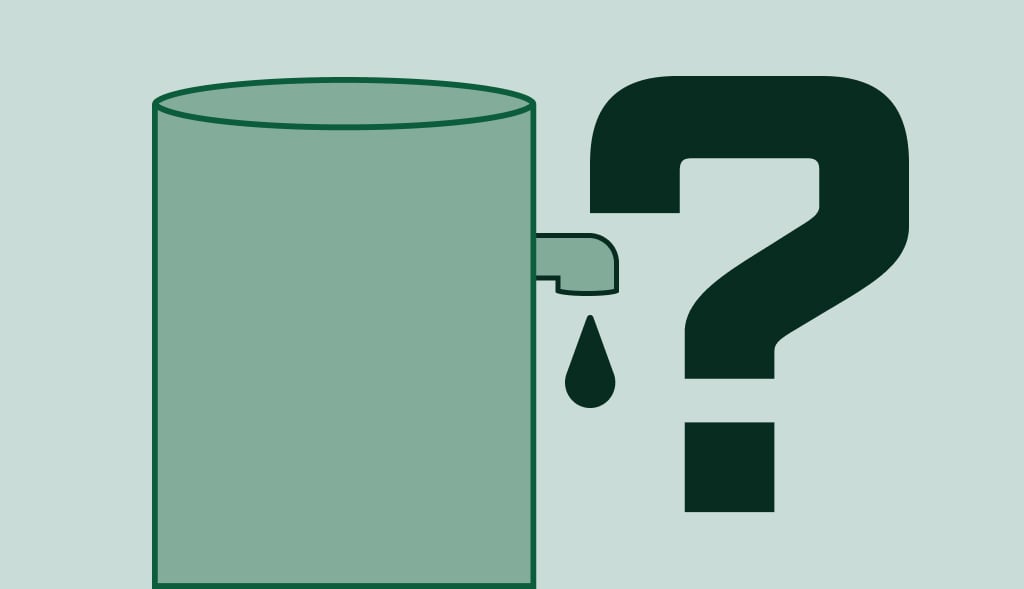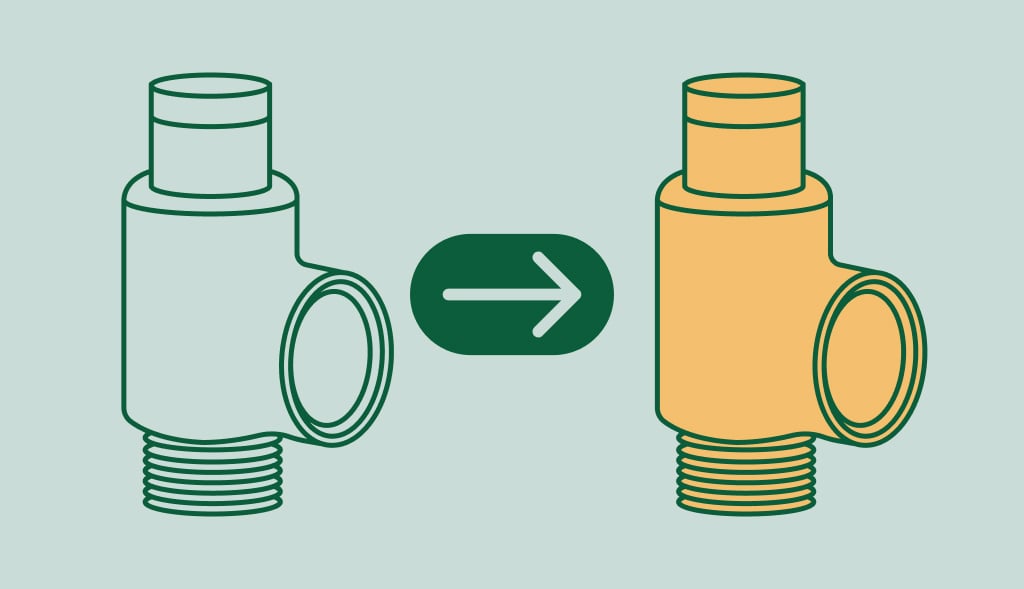Why Your Water Heater’s Pressure Relief Valve Leaks

The pressure relief valve on your water heater is critical in ensuring safety by releasing excess pressure from the tank. However, when this valve leaks, it can indicate underlying issues that must be addressed. Below are the most common causes of a leaking pressure relief valve:
- Excessive Tank Pressure: High water pressure or overheating can cause the valve to release water.
- Sediment Build-Up: Mineral deposits and debris can prevent the valve from sealing correctly, leading to leaks.
- Faulty Valve: Over time, wear and tear may cause the valve to malfunction, requiring replacement.
- Improper Installation: If the valve is installed incorrectly, for example, it is not aligned, and it may not function as intended, resulting in leaks.
Signs to Watch For :
- A puddle of water near your water heater.
- Dripping or continuous water flow from the valve.
- Unusual noises, such as hissing or whistling.
Steps to Fix a Leaking Pressure Relief Valve
If you notice a leak, follow these steps to address the issue :
- Turn Off the Power and Water Supply : For electric water heaters, switch off the power at the circuit breaker. For gas water heaters, turn the gas valve to the “Off” position.Shut off the cold water supply to the tank.
- Release Pressure : Place a bucket under the discharge pipe and use the valve to release excess pressure and water from the tank.
- Inspect the Valve : Check for signs of corrosion, debris, or damage on the valve.If the valve is damaged, it will need to be replaced
- Replace the Valve (If Necessary) : Drain the water heater partially to lower the water level below the valve. Using a wrench, unscrew the old valve and replace it with a new one. Ensure it is tightly secured and properly aligned.
- Test the New Valve : Turn the water supply and power back on. Check for leaks and ensure the valve functions correctly.
If the problem persists, consult a licensed professional to diagnose and fix the issue
The Role of Powered Anode Rods in Preventing Pressure Relief Valve Leaks
Corrosion and sediment build-up inside the water heater tank are two primary factors contributing to pressure relief valve leaks. Adding a powered anode rod to your system can directly address these issues, helping to prevent or resolve leaks over time.
How Powered Anode Rods Help:
- Prevents Corrosion: Corrosion inside the tank weakens its structural integrity, increasing internal pressure and stress on the pressure relief valve. Powered anode rods emit a consistent electrical current that halts the corrosion process, protecting the tank and maintaining stable pressure levels.
- Minimizes Sediment Build-Up: Minerals in the water can settle at the bottom of the tank, leading to overheating and excess pressure that forces the valve to release water. Powered anode rods reduce mineral accumulation by keeping the tank’s interior surfaces cleaner, which helps prevent unnecessary strain on the valve.
- Extends Component Lifespan: By reducing rust and sediment, powered anode rods protect the tank and ensure that the pressure relief valve operates efficiently and doesn’t wear out prematurely due to harsh conditions.
PREVENT WATER HEATER PROBLEMS
By installing a Corro-Protec rod, you tackle the primary reasons for leaks directly, safeguarding the pressure relief valve and enhancing the overall longevity and efficiency of your water heater. The result? A more reliable, durable water heating system with significantly reduced leak concerns.
Practical Benefits :
- If your pressure relief valve leaks due to internal tank conditions, installing a powered anode rod can address the root cause, potentially resolving the issue without requiring a valve replacement.
- Over time, this proactive solution saves you money on repairs and replacement parts by maintaining optimal tank performance.
Preventative Maintenance Tips
Regular maintenance is key to avoiding leaks and ensuring your water heater performs efficiently. Here are some tips:
- Flush the Tank Annually: Remove sediment and debris to prevent build-up that can lead to leaks.
- Test the Pressure Relief Valve: Lift the valve’s lever to ensure it releases water properly. Do this at least once a year.
- Inspect for Corrosion: Check the tank and its components for rust or wear.
- Install a Powered Anode Rod: This is a proactive step to protect your system.
- Monitor Water Pressure: Use a gauge to ensure your home’s water pressure stays within safe limits.
FAQ Section
To ensure correct function, the valve should be tested at least once a year.
Minor issues like debris can sometimes be resolved by cleaning the valve. However, replacement or professional assistance is required if the valve is damaged
It uses an electrical current to prevent corrosion inside the tank, offering a maintenance-free alternative to traditional anode rods.
If the valve consistently leaks despite normal pressure and temperature levels or shows signs of damage, replacement is necessary.
Blog
Troubleshooting: Why Your Hot Water Heater Is Not Working
When you want a warm bath or shower but only get cold water, it can be really annoying. If your hot water heater isn’t working, […]
Guide on How to Change Pressure Relief Valve on Water Heater
Do you need to change the pressure relief valve on your hot water heater? If your valve is leaking or the water heater pressure relief […]

